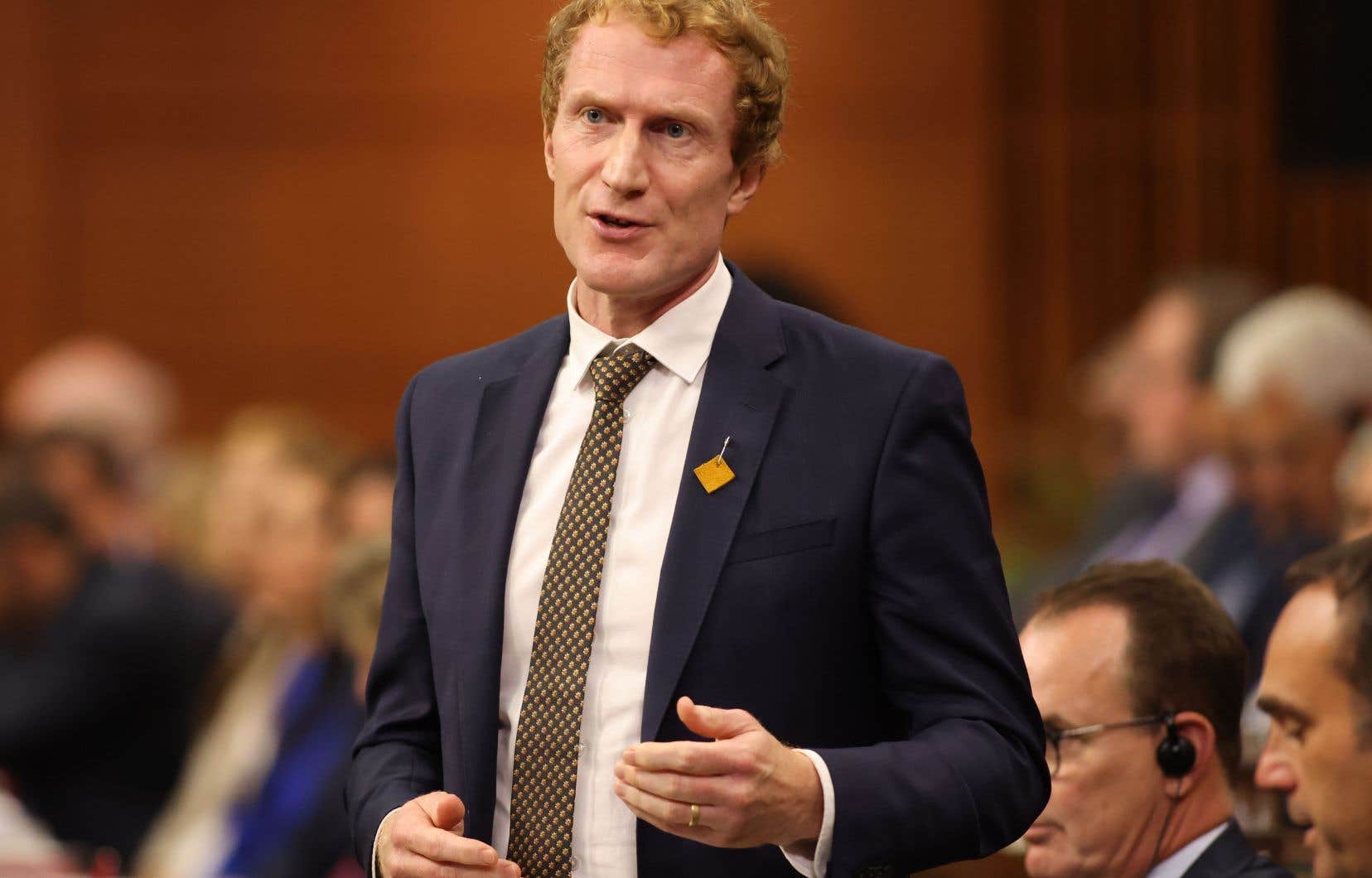A little over a year after first achieving its goal, Ottawa plans to increase the target for French-speaking immigration outside Quebec to reverse the “decline of French-speaking communities” in Canada.
“When we look at people who speak French, whether inside Quebec or outside Quebec, French is threatened in a sea of English,” recognized Canadian Immigration Minister Marc Miller. “I completely agree that French is threatened in North America,” he added, while refusing to say whether the Tremblay language is in “decline” across the country.
In 2022, Canada achieved for the first time its French-speaking immigration target outside Quebec, set in 2003 by Ottawa. That year, more than 16,300 French-speaking immigrants settled outside Quebec, representing a total of 4.4% of this category of immigrants.
However, since the modernization of the Official Languages Act in June, the federal government has committed to restoring the demographic weight of French-speaking minority communities to what it was in 1971, i.e. 6.1%.
Wednesday evening, the Conservative Joël Godin and the Bloc Mario Beaulieu vigorously questioned the federal Minister of Immigration, Marc Miller, in the standing committee on official languages. Coming to testify on French-speaking immigration to Canada, Sean Fraser’s successor indicated that he would like to set the target at 6%, to “address the issue of the decline of French-speaking minority communities”, a “key priority for the coming years “.
A subject on which he said he was ready to collaborate with Quebec, while Mario Beaulieu questioned him about the risk of drawing on Quebec’s immigration pool. “French-speaking immigration areas [ne] are not unlimited, so we have to try to coordinate so as not to harm each other, but you seem to be open to that, I’m happy with that,” replied the spokesperson for official languages for the Bloc Québécois, after Mr. Miller assured him that Canada was not going to “steal anything from anyone.”
More robust mechanisms
“I would like to go up to 6 [%], but that’s a 50% increase in a target that was difficult to achieve, so it’s going to take ambition, it’s going to take mechanisms that are in place to ensure the sustainability of the system, even if it means being able to increase it subsequently. »
Despite the lack of ambition represented by the old objective, according to the minister, the “mechanisms that were in place to be able to reach 4.4% were not as robust as we would like to see them.” Mr. Miller recognized that there was in particular “an effort to be made in terms of personnel and resources”.
The planned revision of the target is still far from the rate demanded since April 2022 by the Federation of Francophone and Acadian Communities of Canada (FCFA). The FCFA would like the federal government to set a target of 12% from 2024, in order to reach 20% by 2030.
Relying on a “statistical study”, the FCFA claims that “no figure below 10% would be enough to slow down the demographic decline of the French-speaking world”. “Let’s be very clear, such a target [de 6 %] would be neither sufficient nor acceptable for our communities,” she wrote at the start of the parliamentary term.
This report is supported by the Local Journalism Initiative, funded by the Government of Canada.
